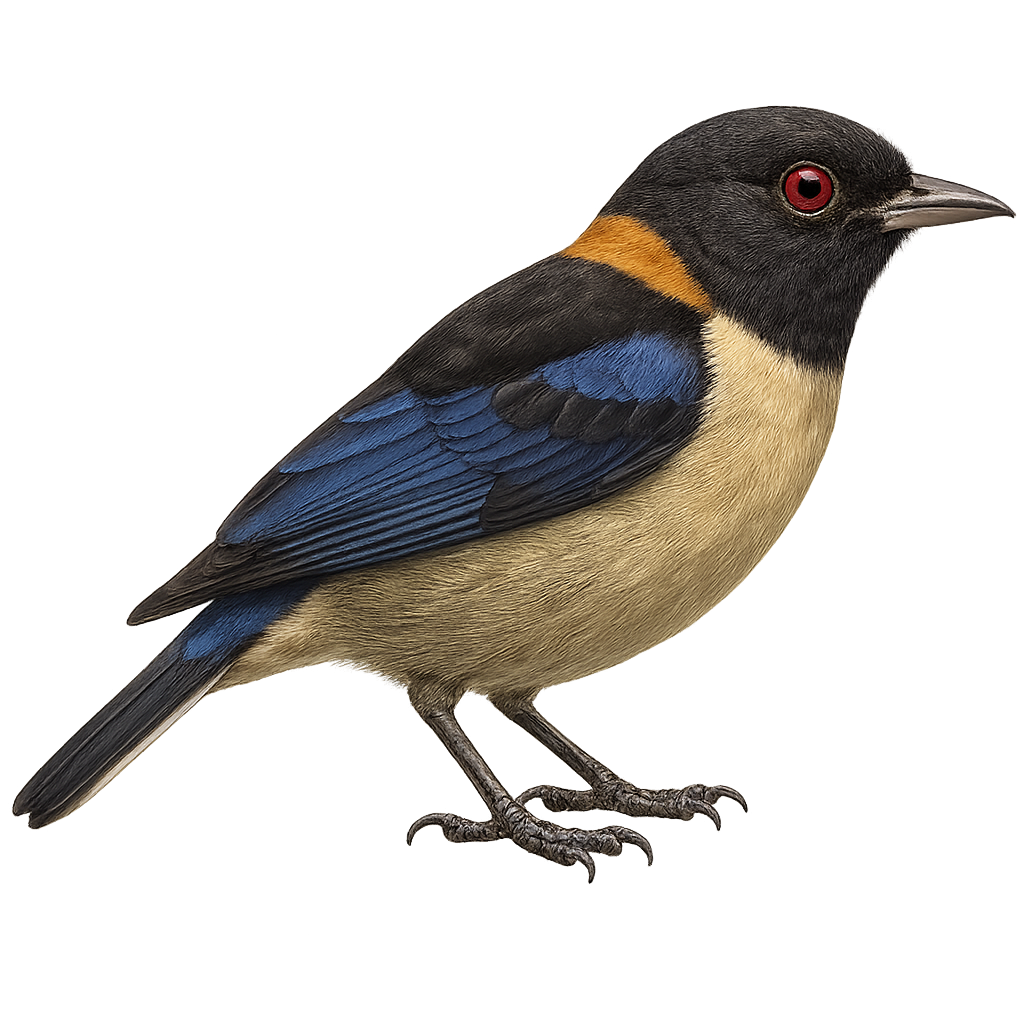Your wildlife photography guide.
Explore the golden-collared honeycreeper in detail, study its behavior, prepare your shots.
Where to observe and photograph the golden-collared honeycreeper in the wild
Learn where and when to spot the golden-collared honeycreeper in the wild, how to identify the species based on distinctive features, and what natural environments it inhabits. The WildlifePhotographer app offers tailored photography tips that reflect the golden-collared honeycreeper’s behavior, helping you capture better wildlife images. Explore the full species profile for key information including description, habitat, active periods, and approach techniques.
Golden-collared Honeycreeper
Scientific name: Iridophanes pulcherrimus

IUCN Status: Least Concern
Family: THRAUPIDAE
Group: Birds
Sensitivity to human approach: Suspicious
Minimum approach distance: 10 m
Courtship display: November to January
Incubation: 13-15 jours
Hatchings: November to February
Habitat:
Humid tropical forests, forest edges, scrub areas
Activity period :
Primarily active during the day, with peak activity in the morning and late afternoon.
Identification and description:
The Golden-collared Honeycreeper, or Iridophanes pulcherrimus, is a small, striking bird from South American montane forests, with vibrant plumage combining bright blue, vivid yellow, and deep black. It inhabits forest edges, shrubby zones, and cloud forests from Venezuela to northern Bolivia. Feeding on fruits, nectar, and insects, it often joins mixed-species flocks in the canopy. Energetic and colorful, it is a favorite among birdwatchers and nature photographers. Its population is currently considered stable.
Recommended lens:
400mm – adjust based on distance, desired framing (portrait or habitat), and approach conditions.
Photography tips:
To photograph the Golden-collared Honeycreeper, it is advisable to use a 400mm lens or longer to capture detailed shots of its vibrant plumage. Look for it in the canopy of humid tropical forests, where it is often active. Be patient and discreet, as this bird can be suspicious. Use a tripod to stabilize your camera and adjust the shutter speed to compensate for the bird's quick movements. The natural light of the morning or afternoon provides the best conditions to capture its bright colors.
The WildlifePhotographer App is coming soon!
Be the first to explore the best nature spots, track rutting seasons, log your observations, and observe more wildlife.
Already 1 432 wildlife lovers subscribed worldwide

